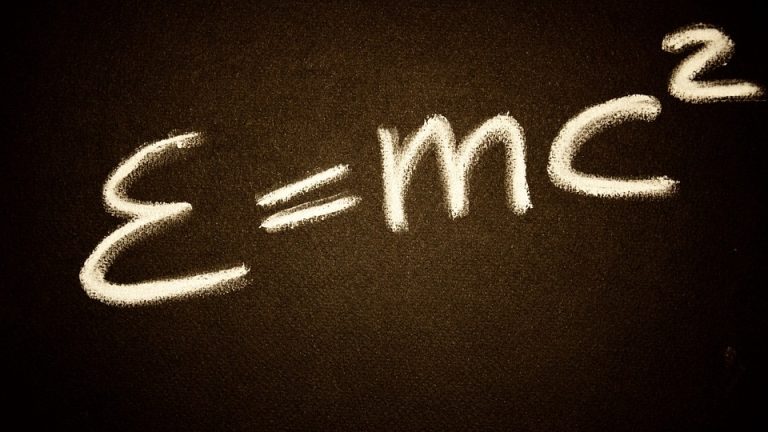The Math Olympiad: A Global Celebration of Mathematical Excellence
The Math Olympiad is an international olympiad-style competition that invites students from around the world to take part in a challenging and exciting academic event. The competition is designed for undergraduate and graduate students, as well as high school students, who are passionate about mathematical problem-solving and want to test their abilities against others from different countries.
Originating in the 1950s, the Math Olympiad has grown rapidly in popularity and is now one of the most prestigious and highly respected educational competitions globally. The competition is organized in annual cycles, with the first round (preliminary) taking place in the summer, followed by the world finals, which are usually conducted in the fall.
Components of the Math Olympiad
To participate in the Math Olympiad, student teams are required to submit their solutions online, in the form of text files or LaTeX documents. Competition problems typically consist of 27-30 questions, covering broad areas of mathematics, including:
- Algebra
- Geometry
- Number theory
- Combinatorics
- Dynamics
- Analysis
- Probability Theory, and
- Comuter Science
Each problem is designed to allow students to demonstrate their understanding of mathematical theories and concepts, as well as their ability to prove and solve complex problems.
Selection Procedure
The selection procedure for the International Mathematic olympiad (IMO) is a multi-phased process. Each country competes at the national level in the first round, with problem-solving and selection criteria set according to each country’s rules. The qualified students from each country then continue to the regional or continental rounds for further competition. The top-performers from each region or contest are selected to represent their home country at the IMO.
The IMO Competition
Throughout the competition, teams of up to six students work together to solve increasingly challenging problems. The competition is divided into two sessions, each lasting 4½ hours. During the first session, they are given a set of problems to consider, and the next day, they bring their solutions to the second session, often with partial solutions and feedback from mathematicians.
The problems are divided into four categories: A-G, with the A-problem being the most accessible and the G- problem being the most challenging. The team whose members have solved the greater number of problems, including at least a certain number of A-problem, is declared the winner.
Cultural Significance
The Math Olympiad is more than just a competition—it’s a cultural phenomenon that brings scholars from around the world together and fosters international understanding.
- Language: Despite there being over 200 languages being spoken worldwide, the Math Olympiad is conducted in English, which sets a common language for participants from everywhere.
- Networking: The Math Olympiad provides an excellent opportunity for students to join a global network of like-minded scientists, researchers, and professionals.
- Knowledge Sharing: Participants are encouraged to consult with other team members, and teams often work together to solve problems with the guidance of experienced mathematicians on the IMO’s staff.
Conclusion
The Math Olympiad shines a light on the incredible achievements of remarkable young minds from around the world. Year after year, it showcases the dedication to mathematical learning and the incredible perseverance of students from diverse backgrounds. Each year, the competition grows strong, with an increasing number of participations, which further highlights and celebrates the unity of mathematics as universal language.
